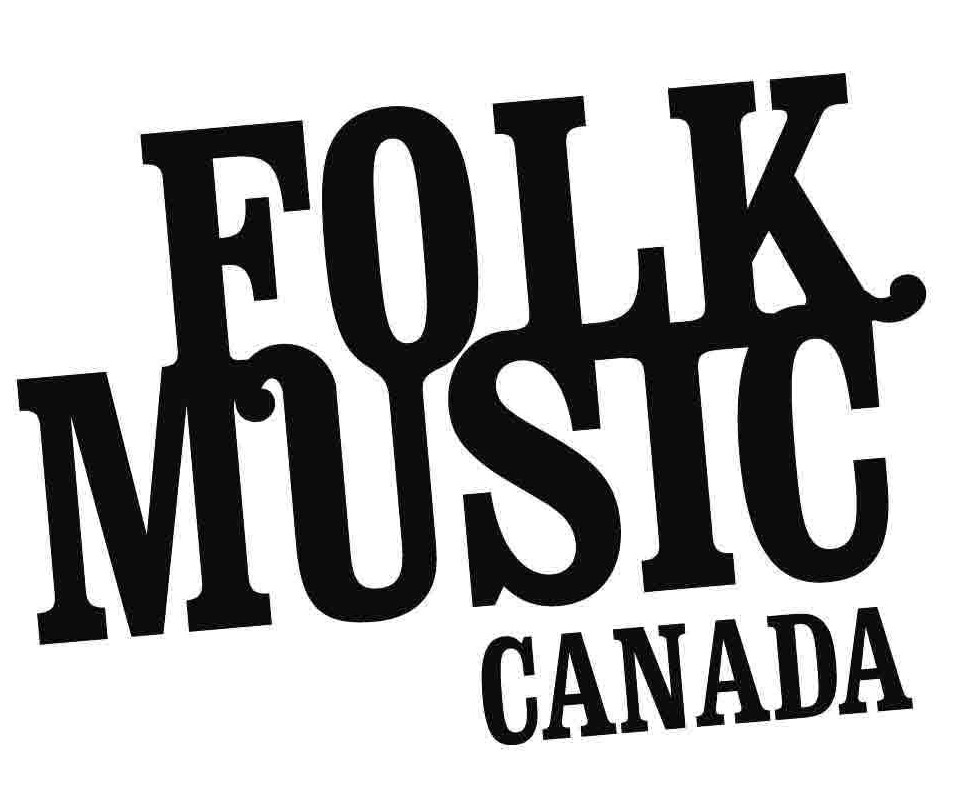Folk Music Canada: A History of Sound

Legal? Covert or Illegal? This is what we ask when we mention the words ‘Canada’ and ‘Gambling’ in the same sentence. Today we have a look at the best Canadian casinos, the legal ones where you can register, play and scoop winnings. The legal world of Canadian gambling invites you in. Let is sign up and enjoy.
Canada’s traditional folk music is one of the most varied and culturally rich sounds of any nation. The European influence was embedded by both British and French Settlers during the 16th and 17th centuries.
As these settlers survived by fishing on coastal waters and making farmland in areas of Nova Scotia, Newfoundland and Quebec, and through the fur trade, their music managed to spread from the west to the north of Canada. Once in central Canada, they managed to share sounds and words with the men of Native tribes. The sound would resonate across the Canadian land brought over from the settlers and in the deluge of songs became further bolstered with the Irish migration during the famine in 1840.
Further cultures came, Icelandic’s, Mennonites, Poles, Asians and Hungarians all converged at a time when tales were rich, experiences were strong and songs mixed and mingled amongst the people of Canada. It stayed this way for a further century, until after the Second World War when the sound began to take on a different tune.
When the sound of folk began it was attributed to love in most respects. There were songs of long-lost love, betrayal and songs of beauty and poetry. The emergence of settlers brought in songs of the sea, fishermen, whaling, disasters, lumbering and railroading.
The European influences could be found in lullabies, drinking songs and what was known as mouth music. The cocktail grew with Scandinavians singing about patriotism and immigration. These influences alone where more than enough without needing to add in the religious fraction of choir and gospel.
Before World War II, ensembles began to form, choirs mounted, fold-dance troupes started, and solo musical arrangements were formed. Music had now become a cultural centerpiece on a stage and come the 1940s through the electronic medium, a generation of singers, lyricists and composers started to produce bodies of work for a larger audience.
From the very beginnings, the transition of sound was slow amongst the different settlers that had made Canada their home. Many new sounds would be coming from alien looking instruments. Meaning was lost or misunderstood. It took centuries for the experience of living to manifest into relatable songs that tapped into every cultural meaning.
Once sound was transitioned to electrical recording, the impact of traditional folk music took on a new evolution as is joined a new culture, pop culture. New movements formed changing art, writing and politics as a wave of protest singers immerged to use songs as a voice for the people in what was a world and country still adapting to change that was just as rapid as the time when the settlers first landed on the Canadian shores.
The traditions of lyrical content never shifted; the core elements of love still would push at the boundaries of people expressing their free-will and the free-will of others. Devastation, life, religion, patriotism everything sung more than 200 years earlier still remained as relevant now, as it did back then.


